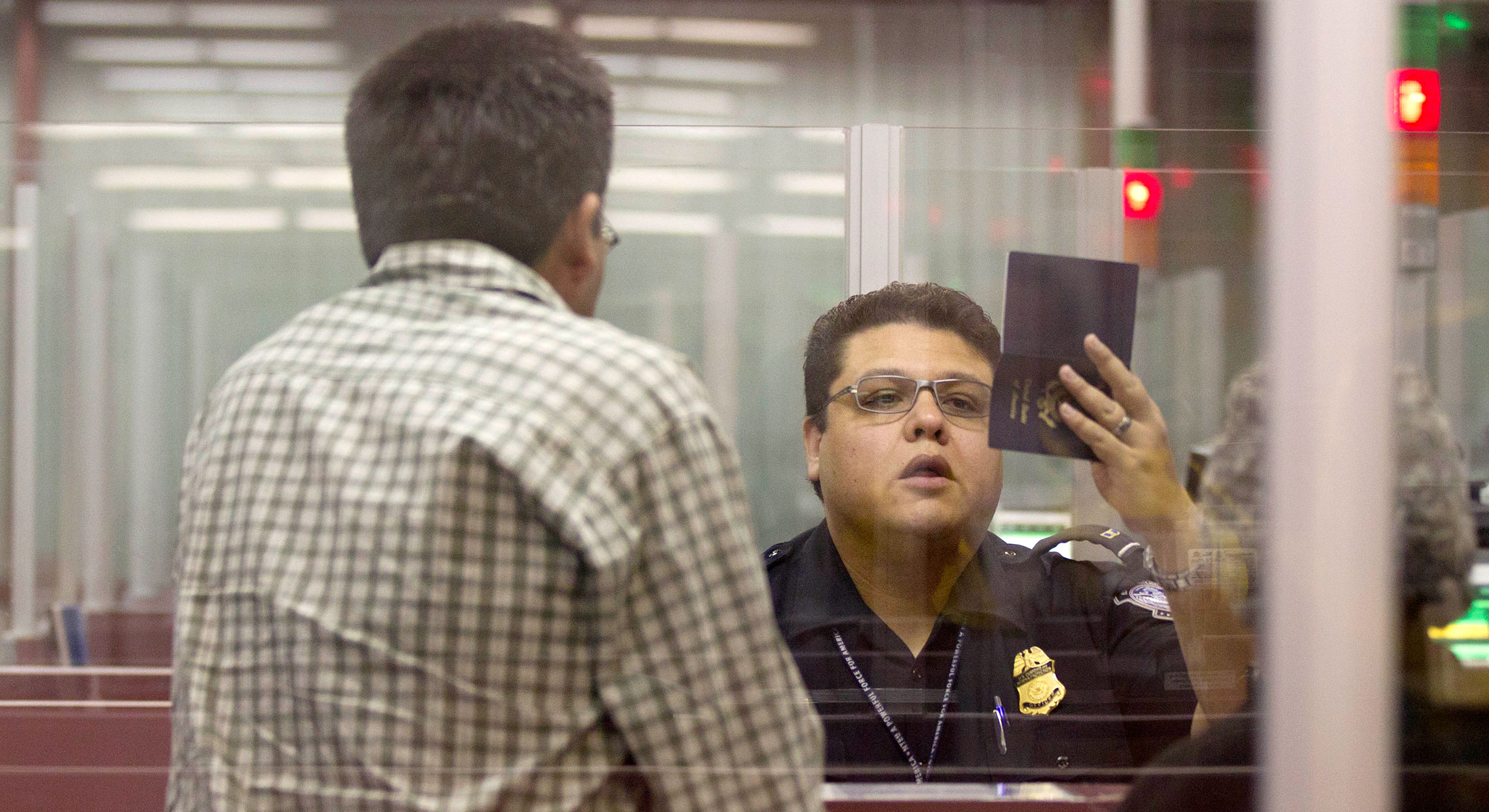/Stopping Trafficking
Chapter 5.
The truth is that we are just beginning to learn how labor traffickers operate and what challenges victims face. There’s a long way to go when it comes to thinking about how to prevent 21st-century slavery within American borders.
One of the biggest problems in policing labor trafficking is the jurisdictional gorge between criminal and civil agencies. Because neither is fully authorized to do the job, neither is proactively investigating or busting this crime.
Put another way, federal and local law enforcement don’t typically investigate civil labor violations, because such violations are supposed to be investigated by the Labor Department. But the Labor Department lacks the authority to open criminal cases, so it falls short too.
Urban Institute and Northeastern University researchers recommend that federal and local law enforcement officers and Labor Department inspectors engage in cross-training exercises and joint operations.
Further, analysis of big data related to labor law violations, temporary work visa applications, and local incident reports could better inform proactive investigations.
Overall the idea is to better inspect workplaces for labor trafficking and, when it is found, spring into action.
But better policing is only one piece of a much-needed larger national strategy for addressing labor trafficking.
The study’s authors recommend more investment in specialized service providers, outreach, emergency and long-term housing, civil and criminal litigation for restitution and stolen wages, and vocational training for survivors.
They also say that it’s imperative to address loopholes in labor and immigration laws and to hold violating companies accountable. For example, issuing visas that are not tied exclusively to specific workplaces would be a big step forward. So would regulating domestic work and the use of independent contractors.
On the state level, laws could be strengthened so companies are legally responsible for ensuring that their labor supply chains are trafficking-free.
Finally, researchers say, awareness of labor trafficking should be heightened and broadened, so workers, law enforcement officers, customs agents, attorneys, service providers, government authorities, and the general public can recognize it and know the rights and protections victims are guaranteed under law, regardless of immigration status.
Fighting labor trafficking will be a challenge going forward. But with greater understanding of its inner workings and with concerted effort, survivors can be better supported, offenders held accountable, and loopholes closed to shut down the routes that feed a modern system of slavery.
